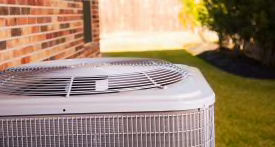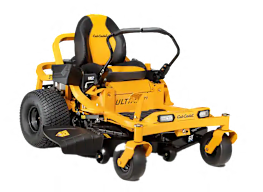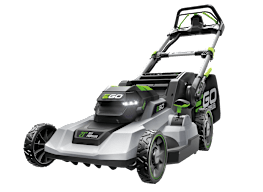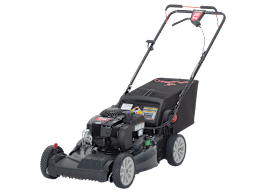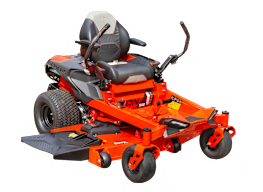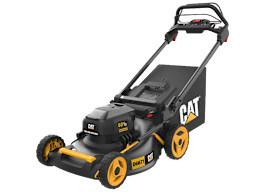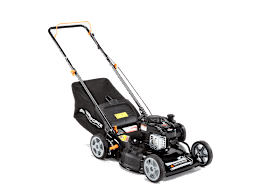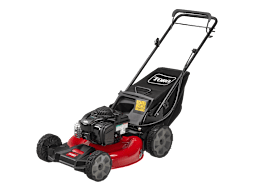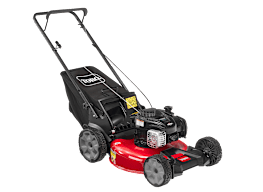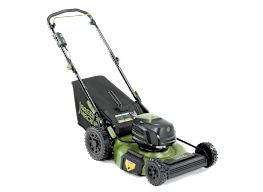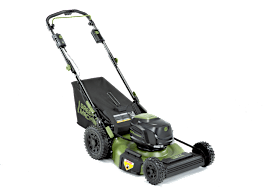Is a Push Mower or a Lawn Tractor Right for Your Yard?
CR breaks down your choices based on your acreage and terrain
When you shop through retailer links on our site, we may earn affiliate commissions. 100% of the fees we collect are used to support our nonprofit mission. Learn more.
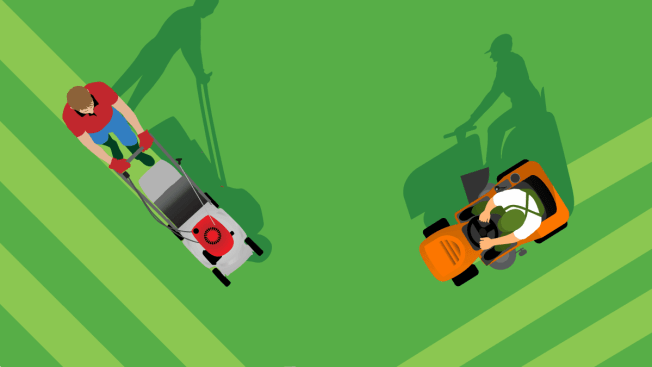
Lawn mower and tractor designs evolve. Newer battery mowers—the self-propelled kind—can run with one charge for longer than an hour. That means you can now use them on larger yards than you could in the past. And for very big yards, you can find riding mowers in several distinct styles designed for different terrain.
Regardless of how often you mow, finding the right machine for your situation can make a big difference in the ease and time it takes to get the job done. Here’s a guide to the best type of lawn mower depending on your yard size and topography.
Click on the links here to go to the recommendations for your lawn size:
• Up to ¼-acre yard
• ¼- to ½-acre yard
• Regularly shaped yard of ½ acre or larger
• Irregularly shaped yard of ½ acre or larger
Mower Shopping in 2023
When you start to shop, keep in mind that some mower brands are sold only at Home Depot or Lowe’s, and some are available only through independent dealers.
“Shop around, checking a few different stores,” says Courtney Pennicooke, the CR product analyst who covers lawn mowers and tractors.
And if you need a mower right now, prepare to be flexible with your choices. CR’s lawn mower and tractor shopper reports high demand and potential backlogs for certain brands or models.
To see even more options than the ones we show below, including models with wider cutting decks, check out our complete lawn mower ratings.
Your Yard: Up to ¼ Acre
Best Choice: Battery Push Mower
Smaller yards are the best candidates for battery push mowers because you can easily cover the area on a single battery charge.
Battery Push Mowers
Your Yard: ¼ to ½ Acre
Best Choice: Gas or Battery Self-Propelled Mower
Yards this size are bordering on being too big for either a gas or battery push mower but not quite large enough to justify owning a riding tractor. So your best bet is a self-propelled gas mower, which takes some of the chore out of doing your lawn. This type of walk-behind mower has powered wheels, which make the task of pushing it around the yard easier.
If you have a sloped yard, our experts advise choosing a mower with rear- or all-wheel drive because they tend to have the easiest time on inclines.
A self-propelled battery mower with a long run time of an hour or longer is another option. For battery mowers with shorter run times, you’d need a second battery to cut the entire yard without stopping to recharge.
CR members with digital access can read on for details from CR’s tests on the best mowers for a ¼- to ½-acre yard. For a deeper dive on lawn mowers, see our lawn mower and tractor buying guide and check our comprehensive lawn mower ratings for data-based comparisons of the models we test.
Gas and Battery Self-Propelled Mowers
Your Yard: ½ Acre-Plus, Regularly Shaped
Best Choice: Gas Lawn Tractor
Gas tractors are adept at cutting large swaths because they’re designed to run for hours. You can get that same longevity from zero-turn-radius mowers (see below), but there are some distinctions in terms of cost, cut quality, and handling.
Traditional lawn tractors feature front-mounted engines and a proper steering wheel. They’re less expensive and generally provide a more even cut than zero-turn tractors, but they sacrifice some maneuverability.
“If you have a fairly regularly shaped lawn and want that groomed look, it may be best to opt for a lawn tractor with a gas engine,” says Misha Kollontai, who oversees Consumer Reports’ lawn mower testing.
(A third option, a gas rear-engine rider, may be unimpressive on larger lawns. This type typically cuts in 30-inch-wide swaths—vs. 4 feet for many lawn tractors—so you’ll need more time to mow. In our tests, we also found many of them have a jerky gear drive and smaller bags that require more frequent emptying.)
CR members with digital access can read on for details on top-performing gas lawn tractors from CR’s tests. For a deeper dive on lawn mowers, see our lawn mower and tractor buying guide and check our lawn mower ratings for data-based comparisons of the models we test.
Gas Lawn Tractors
Your Yard: ½ Acre-Plus, Irregularly Shaped
Best Choice: Zero-Turn Mower
Zero-turn-radius models turn in place around one of the rear wheels when you push one of the two steering levers—as if you were putting on the emergency brake for one wheel. Their engines are mounted in the back, providing a clear view of what’s ahead to trim.
“If your lawn is covered in trees, stones, or other obstacles, a zero-turn mower would probably be your best bet,” Kollontai says. “It would allow you to maneuver around easily and cut even along the most irregular lines.”
Zero-turn mowers also generally have a higher maximum speed, letting you get the job done faster, Kollontai adds.
Keep in mind, though, that zero-turn mowers don’t steer as well as traditional lawn tractors on sloped terrain. And because the rear wheels control the steering, they can dig up your yard if you turn too quickly.
CR members with digital access can read on for details on top-performing zero-turn mowers from CR’s tests. For a deeper dive on lawn mowers, see our lawn mower and tractor buying guide and check our complete lawn mower ratings for data-based comparisons of the models we test.
Zero-Turn Mowers
Take a Test Drive?
If you’re struggling to choose among types, you may be able to arrange a test drive at a dealer for a specific brand. Check with the dealer before you show up in person.
Whether or not you try out a mower, check Consumer Reports’ reliability ratings to find the most reliable walk-behind and riding mower brands.
Lawn Love
In addition to the size and type of lawn you have, knowing how often you’ll need to cut the grass may help you determine the right mower for you. The averages in the graph below assume you keep your grass at a 3-inch height.
Each Year, by U.S. Region*
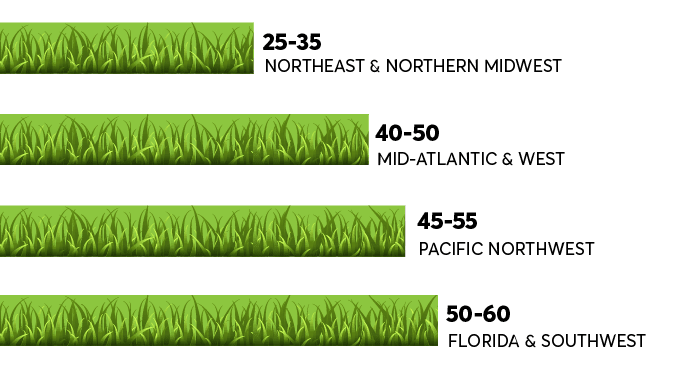
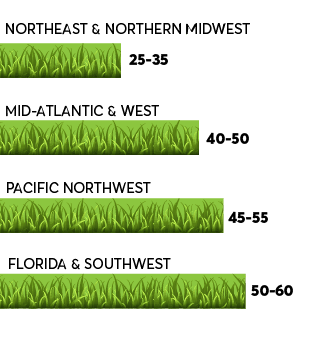
Editor’s Note: A version of this article appeared in the May 2017 issue of Consumer Reports magazine.











